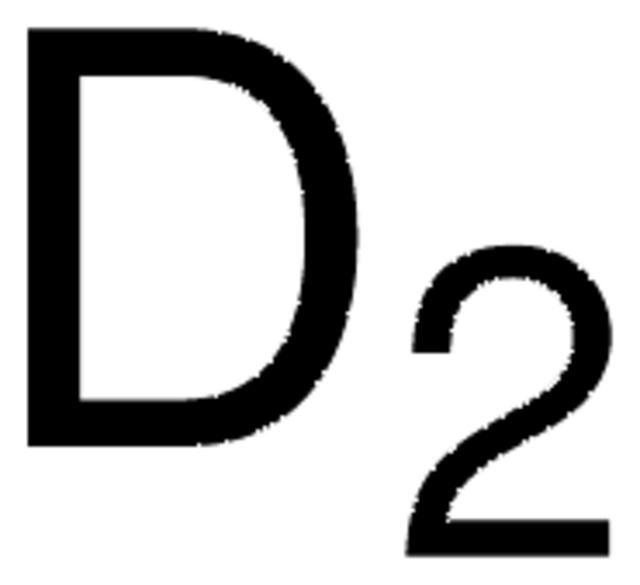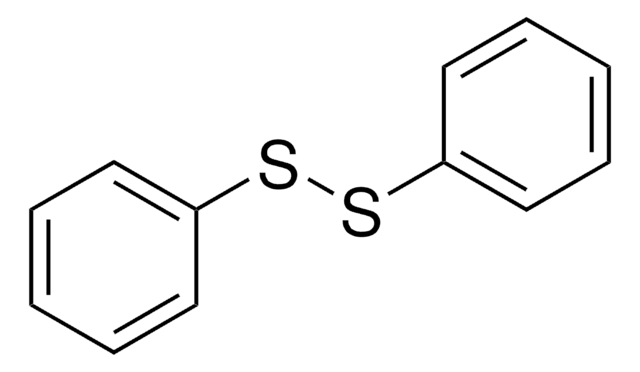Wszystkie zdjęcia(1)
Kluczowe dokumenty
269786
Deuterium oxide
"100%", 99.96 atom % D
Synonim(y):
Heavy water, Water-d2
Zaloguj sięWyświetlanie cen organizacyjnych i kontraktowych
About This Item
Wzór empiryczny (zapis Hilla):
D2O
Numer CAS:
Masa cząsteczkowa:
20.03
Numer WE:
Numer MDL:
Kod UNSPSC:
12142201
Identyfikator substancji w PubChem:
Polecane produkty
czystość izotopowa
99.96 atom % D
Postać
liquid
opakowanie
pk of 10 × 0.5 mL
metody
NMR: suitable
tw
101.4 °C (lit.)
mp
3.8 °C (lit.)
ciąg SMILES
[2H]O[2H]
InChI
1S/H2O/h1H2/i/hD2
Klucz InChI
XLYOFNOQVPJJNP-ZSJDYOACSA-N
Szukasz podobnych produktów? Odwiedź Przewodnik dotyczący porównywania produktów
wyposażenie dodatkowe
Kod klasy składowania
10 - Combustible liquids
Klasa zagrożenia wodnego (WGK)
WGK 3
Temperatura zapłonu (°F)
Not applicable
Temperatura zapłonu (°C)
Not applicable
Wybierz jedną z najnowszych wersji:
Masz już ten produkt?
Dokumenty związane z niedawno zakupionymi produktami zostały zamieszczone w Bibliotece dokumentów.
The ionization constant of deuterium oxide from 5 to 50?.
Covington AK, et al.
The Journal of Physical Chemistry, 70(12), 3820-3824 (1966)
Structure of water and hydrophobic bonding in proteins. IV. The thermodynamic properties of liquid deuterium oxide.
Nemethy G and Scheraga HA.
J. Chem. Phys. , 41(3), 680-689 (1964)
Using high-performance quantitative NMR (HP-qNMR?) for certifying traceable and highly accurate purity values of organic reference materials with uncertainties< 0.1%.
Weber M, et al.
Accreditation and Quality Assurance, 18(2), 91-98 (2013)
Liset Westera et al.
Blood, 122(13), 2205-2212 (2013-08-16)
Quantitative knowledge of the turnover of different leukocyte populations is a key to our understanding of immune function in health and disease. Much progress has been made thanks to the introduction of stable isotope labeling, the state-of-the-art technique for in
Frank Grüne et al.
Anesthesiology, 120(2), 335-342 (2013-09-07)
Hyperventilation is known to decrease cerebral blood flow (CBF) and to impair cerebral metabolism, but the threshold in patients undergoing intravenous anesthesia is unknown. The authors hypothesized that reduced CBF associated with moderate hyperventilation might impair cerebral aerobic metabolism in
Nasz zespół naukowców ma doświadczenie we wszystkich obszarach badań, w tym w naukach przyrodniczych, materiałoznawstwie, syntezie chemicznej, chromatografii, analityce i wielu innych dziedzinach.
Skontaktuj się z zespołem ds. pomocy technicznej




